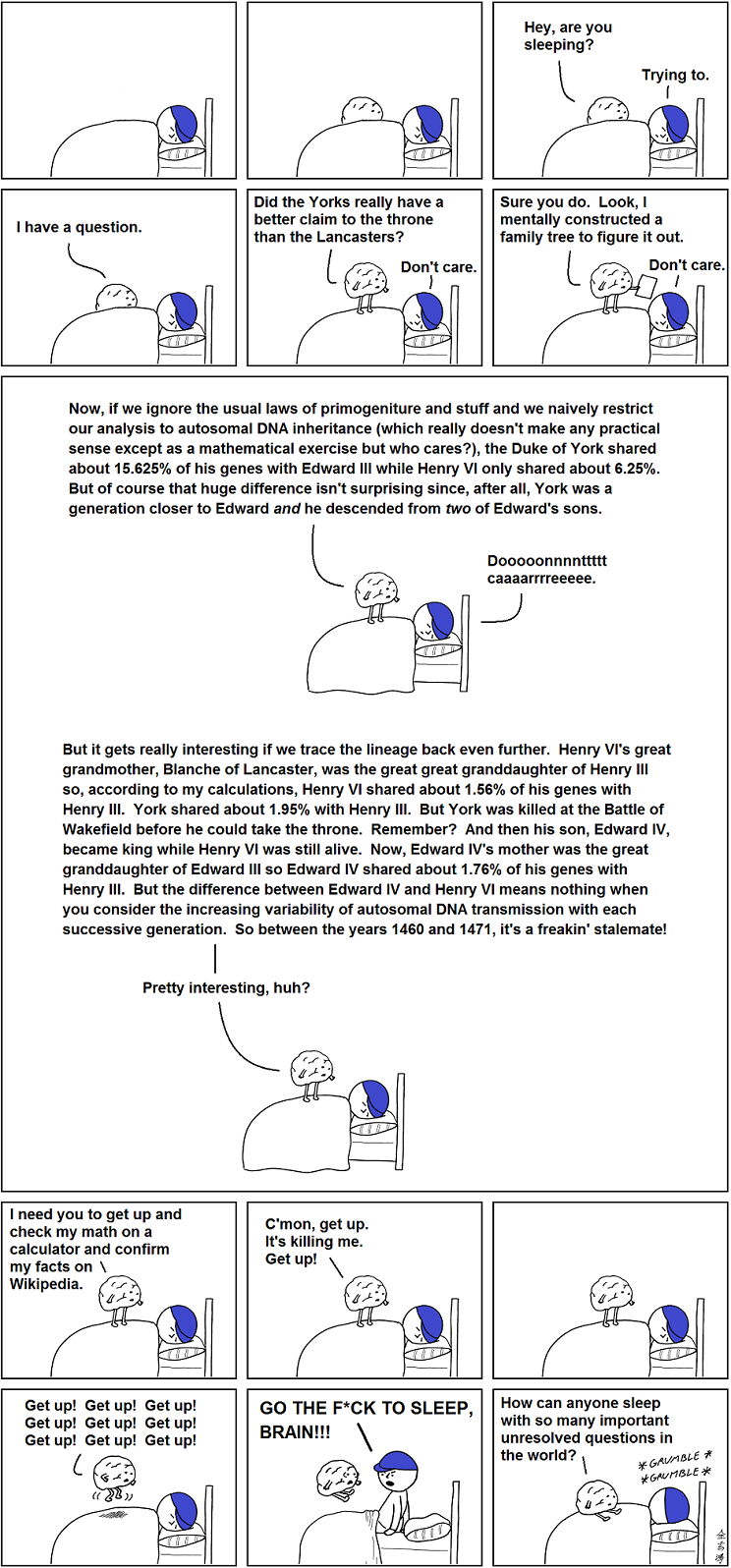This first ran 12/17/2012. The subject is timely and so is the take-home: don’t be too ready to hand over the keys.
 It was hardly the first time a ref had gotten it wrong. But the error at the 2010 World Cup was the last straw. Germany (the machine) was only beating England (the perpetual underdog) by a single goal. No fewer than five refs were milling about the pitch when Frank Lampard, an England player, took a shot on goal. It went in – for a moment. The ball hit the underside of the crossbar, bounced about two feet behind the goal line, and then bounced back out. But because all five refs were looking somewhere else at the crucial moment, it wasn’t a goal.
It was hardly the first time a ref had gotten it wrong. But the error at the 2010 World Cup was the last straw. Germany (the machine) was only beating England (the perpetual underdog) by a single goal. No fewer than five refs were milling about the pitch when Frank Lampard, an England player, took a shot on goal. It went in – for a moment. The ball hit the underside of the crossbar, bounced about two feet behind the goal line, and then bounced back out. But because all five refs were looking somewhere else at the crucial moment, it wasn’t a goal.
England probably would have lost that game anyway. Probably. But who can say? A crazy underdog goal can change the emotional trajectory of a game.
When officials make such infuriatingly bad calls, and we have technology that can do better, it’s time to use it. So this year, Fifa, football’s global governing body, finally caved on its protracted resistance against goal-line technology. This neat little piece of engineering gives officials highly accurate, real-time intelligence on whether a ball has crossed the goal line. Two contenders are making their debut right now at the Club World Cup championship in Japan. The winner will probably be used in all future high-level football games – and chip away a little more at the human animal’s willingness and ability to trust its own judgment. Continue reading






 Right now, there are a bunch of people in Brazil—and a bunch more following along on television–who are paying very close attention to one particular body part: fast-moving, feat-making feet. But most of us don’t give our feet much thought until they start complaining.
Right now, there are a bunch of people in Brazil—and a bunch more following along on television–who are paying very close attention to one particular body part: fast-moving, feat-making feet. But most of us don’t give our feet much thought until they start complaining.